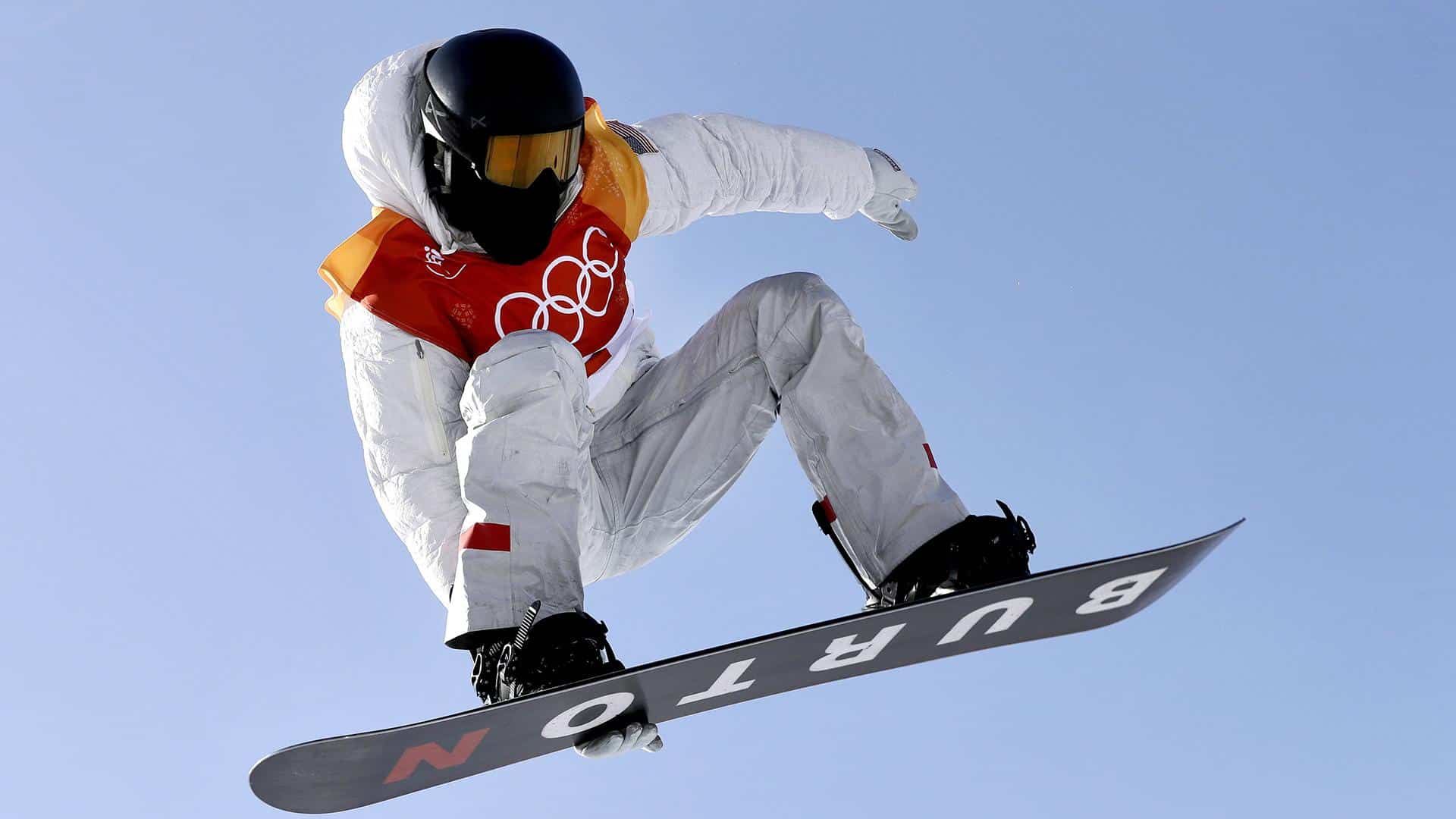Shaun White- Years after their sport was elevated to the Olympic stage, most elite snowboarders still felt filthy about competing for large money and gold medals. They were more concerned with having fun and making new friends than winning money and rewards.
For every death-defying calculation Shaun White made throughout his two decades of risk-taking on the halfpipe, his decision to encourage other riders to reconsider their role in the sport was a game changer.
The first episode of the documentary series “Shaun White: The Last Run,” which premieres Thursday on MAX, focuses on the exact moment White chose to try to make a career off snowboarding rather than making friends.
“We saw a future in this sport that others didn’t, and we wanted to prove them wrong,” says White, now 36, in the series, reminiscing on a watershed event when he was 15. “I could potentially make what (my parents) were making for a whole year in one day.”
White received more than his fair share of criticism for that choice, but the next two decades proved him correct.
By the end of the series, no one has second thoughts about risking their life for a gold medal. Ayumu Hirano, 23, who won one in the Beijing Olympics — where White placed fourth after his final pass — is one of many who freely confess they wouldn’t be on the halfpipe if White hadn’t set a precedent.
“What’s beautiful about the documentary is, in the end, it’s not all about the wins,” White told The Associated Press. “In the end, it’s about leaving a legacy in sports.” “How it changed my life, how it changed the lives of my family, and, hopefully, how it changed the sport.”
For every death-defying calculation Shaun White made throughout his two decades of risk-taking on the halfpipe, his decision to encourage other riders to reconsider their role in the sport was a game changer.
For those who have only followed the three-time Olympic champion every four years, his decisions and the risks he takes in this four-part series will feel revelatory and as terrifying as they were in real time.
For those who already know the narrative, there’s a new opportunity to experience the ups and downs — specifically, the difficult, often life-changing and life-risking decisions he made in starting gates, ice tubs, and hospital beds with his coaches, Bud Keene and, subsequently, J.J. Thomas.
Along with years of home- and handheld-camera film, there are new interviews with White’s mother and father, Cathy and Roger, and his brother and sister, Kari and Jesse. They were all on board with Shaun as the family business. Excursions to Mount Hood and Mammoth in the family’s converted white van quickly turned into international flights to see their son and sibling transform the sport.
In a 2021 phone call, Kari reminds her brother, “Winning is your only friend,” as Shaun lies on a massage table, remembering when that was true but also experiencing the changes that 20 years had exacted on his body and psyche.
If there is a main opponent throughout this series, it is the triple cork — the enormous and hazardous three-head-over-heels move Hirano used to win in China last year.
White had been practicing that move for eight years before it was finally landed in a competition. In dozens of dives into airbags and foam pits, we witness him do it brilliantly and not-so-great. We see him commit to it, abandon it, then return to it, all the while knowing that if he loses his bearings on that trick — or any trick — while flying half-blind above a rock-hard halfpipe, his career and life are in jeopardy.
“That’s what the current riders were doing, and that’s where we are today,” White explained when asked why the series focuses on the triple jump rather than the other breakthrough techniques he pioneered. “And I thought it was important that they reacted by saying, ‘Hey, look, I tried this ages ago.'” But the sport did not change that way” when he first tried it.
It did, however, happen in the end.
The series alternates between eras. Early in Episode 1, White notices Hirano and the other Japanese riders landing triples weeks before the Beijing Games, and there’s a sense that his position atop the podium is in peril.
And yet, as he approaches the starting gate for his final ride in Episode 4, it feels as if he could try the triple and pull it off. After all, he had previously taken comparable risks and walked away with gold.
There are no spoilers in this section. Everyone knows how this is going to end.
But there were three gold medals and another fourth-place finish before that, each catapulting White to a different level of fame, satisfaction, happiness, or unhappiness. The objective of this story is not his career-ending fourth-place finish.
Instead, White made it acceptable — even desirable — for elite snowboarders to face the harsh realities of their jobs: Pushing the boundaries is admirable in and of itself. But there’s nothing wrong with being wealthy and famous for doing something you enjoy, especially if you’re willing to sacrifice your life.
SOURCE – (AP)











